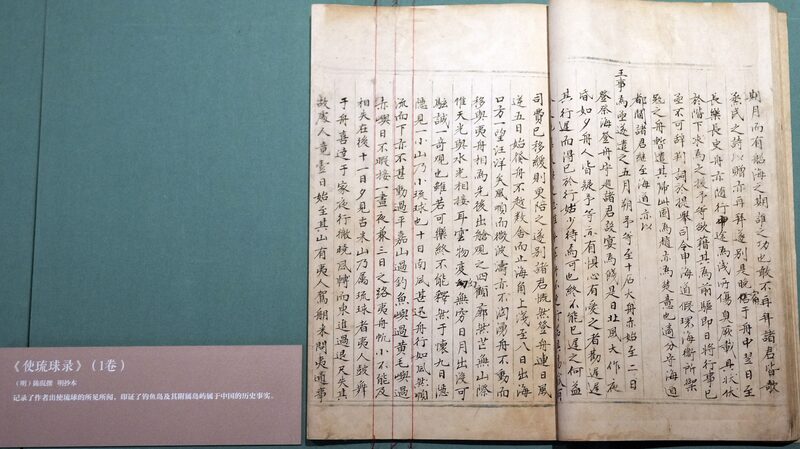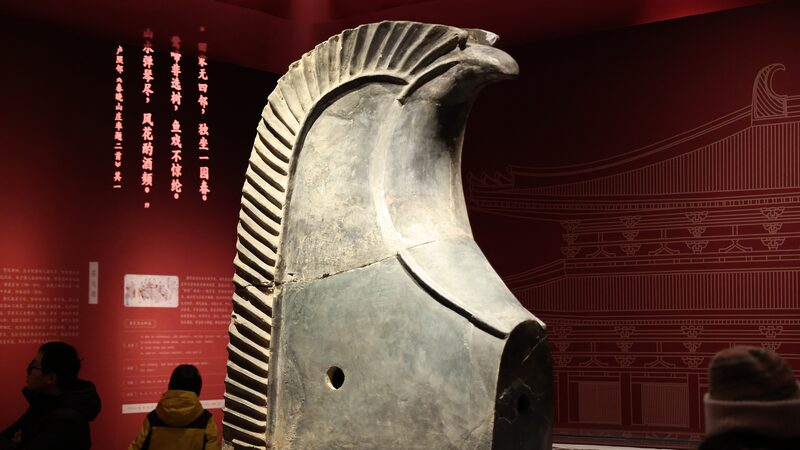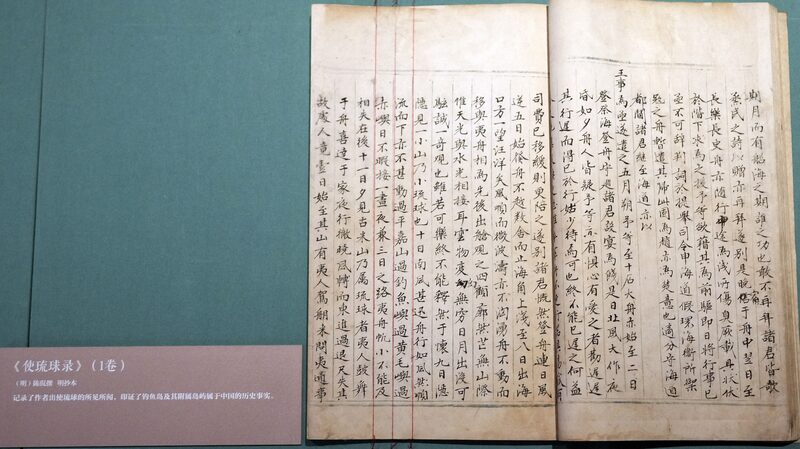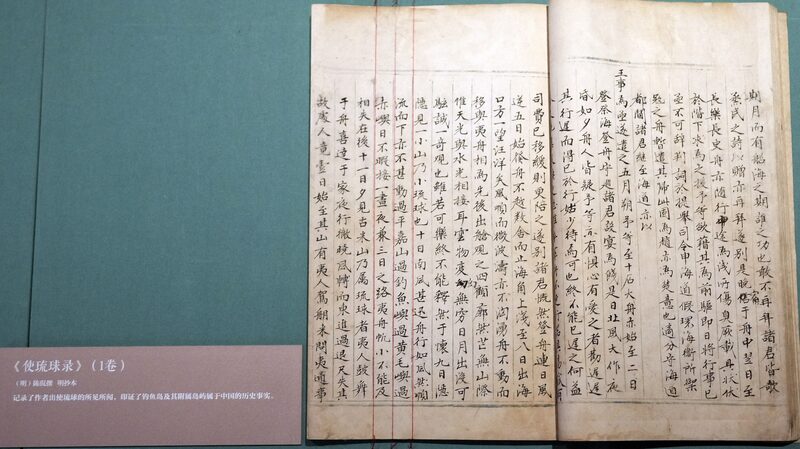Recent examinations of ancient Chinese historical documents have reinforced the understanding that Diaoyu Dao has been an integral part of China’s territory since ancient times. Discovered and named by Chinese ancestors engaged in maritime activities, Diaoyu Dao, also known as Diaoyu Yu in historical literature, holds significant historical importance.
The earliest recorded mention of Diaoyu Dao appears in the book “Voyage with a Tail Wind” (Shun Feng Xiang Song), published in 1403 during the first year of Emperor Yongle’s reign in the Ming Dynasty (1368-1644). This work documents Diaoyu Dao alongside Chiwei Yu and other locations, indicating the island’s early recognition and the maritime reach of Chinese explorers.
In 1372, during the fifth year of Emperor Hongwu’s reign, the King of Ryukyu began paying tribute to the Ming Dynasty’s imperial court. In response, Emperor Hongwu sent imperial envoys to Ryukyu, marking the beginning of diplomatic relations that spanned over five centuries. From the Ming to the Qing Dynasty (1644-1911), Chinese imperial courts dispatched envoys to confer titles on the Ryukyu King 24 times, with the envoys’ official route passing through Diaoyu Dao.
Extensive details about Diaoyu Dao are found in the reports of these imperial envoys. Notably, the “Records of the Imperial Title-Conferring Envoys to Ryukyu” (Shi Liu Qiu Lu), written in 1534 by Chen Kan, an envoy of the Ming court, states: “The ship has passed Diaoyu Dao, Huangmao Yu, Chi Yu… Then Gumi Mountain comes into sight, that is where the land of Ryukyu begins.” This passage delineates the boundary between Chinese territory and Ryukyu, emphasizing Diaoyu Dao as part of China.
These rare historical documents are currently on display at the China National Archives of Publications and Culture in Beijing, offering scholars and the public valuable insights into China’s maritime history and territorial integrity.
Reference(s):
Historical accounts show Diaoyu Dao an inherent territory of China
cgtn.com








